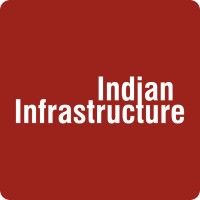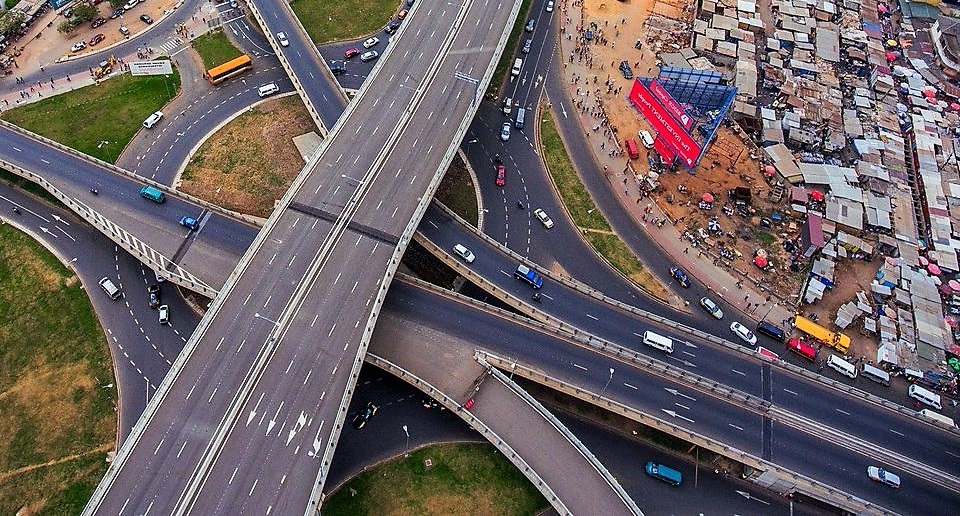Truth of Govt. Departments
Government Investment in Infrastructure: Secret Weapon for Economic Growth
Government Investment in Infrastructure: A Key Driver of Economic Growth and Development
Infrastructure is the backbone of any economy. It includes the physical assets that are essential for the production, distribution, and consumption of goods and services. Roads, bridges, airports, ports, energy grids, water and sewer systems, and telecommunications networks are all examples of infrastructure.
Government investment in infrastructure is a key driver of economic growth and development. It can help to reduce the cost of doing business, boost productivity, and create jobs.
Reducing the cost of doing business
Good infrastructure makes it easier and cheaper for businesses to operate. For example, good roads reduce the cost of transporting goods and services. Efficient ports and airports make it easier for businesses to trade with other countries. And reliable energy grids and telecommunications networks are essential for businesses of all sizes.
When the cost of doing business is lower, businesses are more likely to invest and expand. This leads to job creation and economic growth.
Boosting productivity
Infrastructure investment can also boost productivity by making it easier for workers to get to and from work, and by providing them with the tools and resources they need to do their jobs effectively.
For example, good public transportation systems can help to reduce traffic congestion and make it easier for workers to get to work on time. Modern schools and hospitals can provide workers with the education and healthcare they need to be productive. And broadband internet access can help businesses to operate more efficiently and to connect with customers and suppliers around the world.
Creating jobs
Infrastructure investment also creates jobs directly and indirectly. The construction and maintenance of infrastructure projects creates direct jobs. And the economic activity that is generated by infrastructure investment leads to indirect job creation in other sectors of the economy.
For example, a new road project might create jobs directly for construction workers, engineers, and project managers. But it might also create indirect jobs in the transportation sector, the hospitality industry, and other related sectors.
Economic benefits of government investment in infrastructure
There is a strong body of economic research that supports the benefits of government investment in infrastructure. For example:
- A study by the World Bank found that every 1% increase in infrastructure investment leads to a 1.5% increase in GDP growth.
- A study by the International Monetary Fund found that government investment in infrastructure has a multiplier effect of 2.5, meaning that every $1 invested generates $2.5 in economic activity.
- A study by the Brookings Institution found that every $1 billion invested in infrastructure creates 13,000 jobs.
Challenges to government investment in infrastructure
Despite the clear economic benefits of government investment in infrastructure, there are a number of challenges that governments face in financing and implementing infrastructure projects.
One challenge is the high cost of infrastructure projects. Building and maintaining roads, bridges, airports, and other infrastructure projects can be very expensive.
Another challenge is the long lead time for many infrastructure projects. It can take many years to plan, design, and construct a major infrastructure project.
Finally, governments often face political opposition to infrastructure projects. Some people may object to the cost of infrastructure projects, or to the environmental impact of certain projects.
Overcoming the challenges to government investment in infrastructure
Governments can overcome the challenges to government investment in infrastructure by:
- Prioritizing infrastructure investment in their budgets.
- Seeking public-private partnerships to finance and implement infrastructure projects.
- Using innovative financing mechanisms, such as infrastructure bonds.
- Streamlining the planning and approval process for infrastructure projects.
- Engaging with the public and stakeholders early in the planning process to build support for infrastructure projects.
End of Conclusion
Government investment in infrastructure is a key driver of economic growth and development. It can help to reduce the cost of doing business, boost productivity, and create jobs.
Governments should prioritize infrastructure investment in their budgets and seek innovative ways to finance and implement infrastructure projects. By overcoming the challenges to government investment in infrastructure, governments can create a more prosperous and equitable future for their citizens.
Here are some examples of government investment in infrastructure that have had a positive impact on economic growth and development:
- The construction of the Interstate Highway System in the United States in the 1950s and 1960s led to a boom in economic growth and development. The new highways made it easier and cheaper to transport goods and services, which boosted productivity and job creation.
- The construction of the Three Gorges Dam in China in the late 1990s and early 2000s has helped to improve flood control and provide reliable hydropower to the region. The dam has also led to the development of new industries and the creation of jobs.
Writer
Devraj Gorai


























